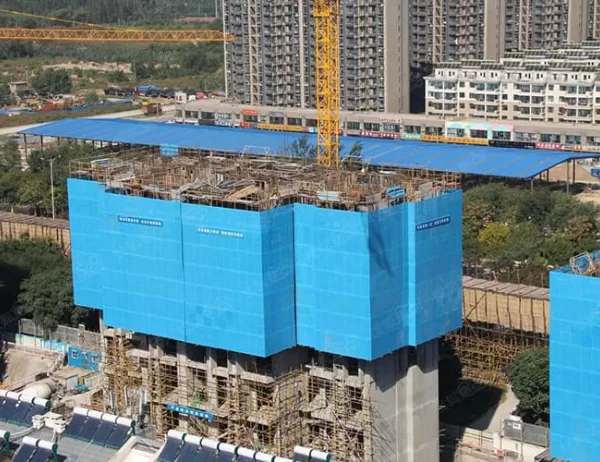Aluminium Track Profiles: The Ideal Choice for a Wide Range of Industries
Aluminium track profiles have gained immense popularity in various industries due to their exceptional properties and versatility. As an alternative to other metals, aluminium track profiles offer numerous advantages, making them a preferred choice for applications where durability, corrosion resistance, and precision are paramount. This detailed comparison will delve into the key aspects that differentiate aluminium track profiles from other metals, highlighting their unique characteristics and suitability for specific applications.
Corrosion Resistance
Aluminium track profiles possess excellent corrosion resistance, making them ideal for exposed outdoor environments and applications where contact with moisture is inevitable. This attribute is primarily attributed to the formation of a protective oxide layer on the aluminium surface, which prevents further oxidation and corrosion. Compared to other metals like steel, which are prone to rusting, aluminium track profiles maintain their structural integrity and aesthetics over extended periods, reducing maintenance costs and ensuring long-lasting performance.
Strength and Durability
Despite its lightweight nature, aluminium track profiles offer impressive strength and durability. They are resistant to deformation and bending, making them suitable for demanding applications, such as heavy-duty machinery and transportation systems. The robust construction of aluminium track profiles allows them to withstand high loads and harsh conditions without compromising their structural integrity. When compared to other metals, such as plastic, which may become brittle over time, aluminium’s strength and durability make it a more reliable and long-lasting option.
Precision and Accuracy
Aluminium track profiles are renowned for their high precision and dimensional accuracy. The ability to produce complex shapes and intricate designs makes them ideal for applications requiring precise alignment and smooth movement. The tight tolerances and consistency of aluminium track profiles ensure seamless integration with other components and systems. In contrast to other metals, such as wood, which may exhibit variations in grain patterns and moisture absorption, aluminium’s precision and dimensional stability allow for consistent and reliable performance, especially in applications requiring high tolerances and accurate positioning.
Versatility and Customization
Aluminium track profiles offer exceptional versatility and customization options. The ability to produce profiles in various shapes, sizes, and finishes allows for tailored solutions that meet specific application requirements. From simple linear profiles to complex multi-chambered designs, aluminium track profiles can be customized to fit unique design concepts and functional needs. This versatility makes them suitable for a wide range of applications, from architectural curtain walls to industrial machinery and medical equipment.
Weight and Thermal Properties
Aluminium track profiles are lightweight compared to other metals, making them easy to handle, transport, and install. The low density of aluminium reduces the overall weight of structures and systems, making them more energy-efficient and environmentally friendly. Furthermore, aluminium’s excellent thermal conductivity and low thermal expansion coefficient make it ideal for applications involving heat dissipation and precise temperature control. These properties make aluminium track profiles a preferred choice for electronic enclosures, heating systems, and thermal management applications.
Conclusion
In comparison to other metals, aluminium track profiles stand out as a superior choice due to their exceptional corrosion resistance, strength and durability, precision and accuracy, versatility and customization options, and advantageous weight and thermal properties. Their unique characteristics make them ideal for a wide range of industries, from construction and architecture to manufacturing and transportation. By leveraging the benefits of aluminium track profiles, engineers and manufacturers can achieve optimal performance, durability, and aesthetics in their applications.




